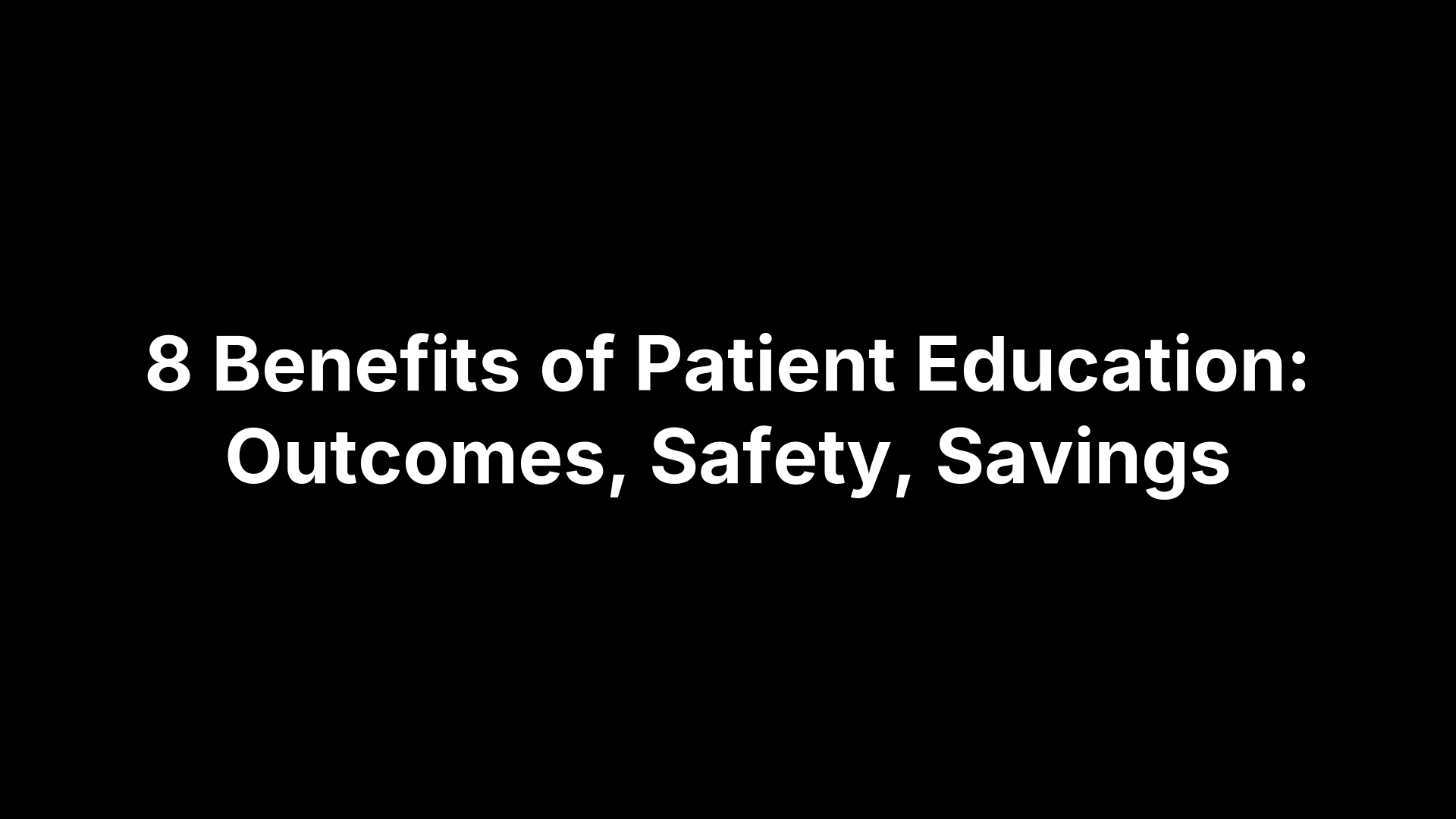Twisted your ankle, stuck in a brace limbo, and not sure when to wear it—or for how long? You’re not alone. Whether you’re fresh off a sprain, easing back into your sport, or dealing with a wobbly ankle that keeps giving out, the real challenge is knowing when a brace will help and when it might hold you back.
Here’s the short answer: the right ankle brace, worn at the right times, can protect healing tissue, cut swelling, improve balance awareness, and lower your risk of reinjury. But it isn’t a cure-all, and wearing it 24/7 or choosing the wrong style can delay recovery. The key is a clear plan that matches your injury severity, activity demands, and fit—paired with targeted rehab.
In this guide, you’ll learn what ankle braces actually do (and don’t), who needs one and when, how to choose and fit the right type, wear timelines by sprain grade, day-to-day and sport-specific guidance, how long per day to use it and wean off safely, how to combine bracing with rehab, special considerations, red flags, and when to see a foot and ankle specialist.
Step 1. Understand what an ankle brace does (and doesn’t)
An ankle brace is an external support that limits the motions most likely to re-injure your ankle—especially inversion and excessive plantar flexion—while still allowing safe, “protected” movement. It improves your awareness of joint position, adds compression to help control swelling, and should fit comfortably in your shoe so you’ll actually wear it.
- What it does: Limits high‑risk motion, improves proprioception, reduces swelling with compression, and supports an earlier, safer return to activity while lowering re-sprain risk.
- What it doesn’t: It doesn’t heal ligaments by itself, replace rehab, or help if the type/fit is wrong. It shouldn’t totally immobilize (unless there’s a fracture), and it usually isn’t worn around the clock.
Step 2. Decide if you need a brace: injury, sport, or chronic instability
Deciding when to wear an ankle brace comes down to your situation: fresh injury, sport demands, or a history of your ankle giving way. Evidence-backed guidance is simple: mild sprains often manage without routine bracing, while moderate to severe sprains, cutting-and-jumping sports, and chronic instability benefit from external support—especially early on and during return-to-play. If arthritis or persistent weakness leaves you feeling unstable, a brace can add day-to-day confidence.
- Grade 1 sprain: Often no brace; consider for sport or uneven ground.
- Grade 2–3 sprain: Brace early to protect, reduce swelling, and move safely.
- High-risk sports: Wear during practice/games to lower first-time and repeat sprains.
- Chronic instability or arthritis-related weakness: Brace for challenging tasks; prioritize rehab.
Step 3. Choose the right brace type and support level
Selecting the right ankle brace comes down to injury severity, sport demands, and how it fits in your shoe. Aim for “protected movement”: braces that allow dorsiflexion/plantar flexion for walking and training, while limiting inversion/eversion (the motions most likely to re-sprain). Skip total immobilization unless you have a fracture or a surgeon prescribes it.
- Mild support: Compression sleeve or wrap for Grade 1 sprains, swelling control, low‑impact activity, and uneven ground.
- Moderate support: Lace‑up or semi‑rigid/hinged brace for Grade 2 sprains, chronic instability, and cutting/jumping sports.
- Maximum support: Rigid stirrup or boot for Grade 3 sprains or post‑op; short‑term protection, not for training.
When in doubt, a semi‑rigid design that limits in‑out rolling offers the best balance for return‑to‑play and prevention.
Step 4. Fit it right: size, with socks, and shoe compatibility
Fit is non‑negotiable. A poorly fitted brace can rub skin, pinch circulation, or miss limiting the motions that matter. Follow the device’s sizing and wear it snug—not painful—so you get protection plus “protected movement” that still fits comfortably in your shoe.
- Size it right: Use the brand chart; measure correctly; choose left/right when specified.
- Wear over thin socks: Moisture‑wicking socks reduce blisters and improve comfort.
- Tightness check: No slipping; tingling, cold toes, or swelling above/below = too tight—loosen.
- Shoe test: Must fit comfortably in your activity shoe; adjust laces for volume.
Step 5. Follow a wear timeline for acute sprains (grade 1–3)
A clear timeline helps you know when to wear an ankle brace after a sprain and for how long. Evidence supports “protected movement” rather than full immobilization for most sprains—using a brace early to limit risky inversion while allowing safe motion, then tapering as pain, swelling, and control improve.
- Grade 1 (mild): Optional. Use a light sleeve/wrap for comfort in the first 3–7 days and during uneven walking or sport for 1–2 weeks. Remove at night. Wean quickly as symptoms settle (often by 2–3 weeks).
- Grade 2 (moderate): Wear a lace-up or semi‑rigid brace most of the day for the first 1–2 weeks (off at night). Weeks 3–6: use for community walking, work demands, and all training/competition. Begin weaning indoors as strength and balance return.
- Grade 3 (severe): First 1–2 weeks may require a rigid stirrup or boot per your provider, with weight-bearing as tolerated. Weeks 2–6+: transition to a semi‑rigid/lace‑up for daily tasks. Expect bracing during higher‑risk activity for 6–12 weeks, especially if the injury is on the medial side.
If swelling worsens above/below the brace, toes tingle, or pain spikes, loosen or remove it and re‑fit; consult your clinician.
Step 6. Wear guidance for daily life: home, work, walking, and sleep
Day-to-day, think protected movement—not 24/7 immobilization. Use symptoms and risk as your guide for when to wear an ankle brace: more support early or in risky situations, less as pain, swelling, and control improve. Recheck fit if your ankle changes size through the day.
- At home: Mild/moderate sprains often don’t need a brace indoors; consider it if you have kids, pets, stairs, or clutter. Severe sprains may benefit early on.
- Work: Desk jobs—usually off or lightly worn. Standing/manual work—wear during shifts, especially on uneven surfaces or ladders; re‑adjust midday.
- Walking/errands: Wear for uneven terrain, long distances, or crowded areas where bumps are likely; pair with supportive shoes.
- Sleep: Take it off at night. Exceptions: complete tears, fractures, or if your sleep position strains the ankle—ask your clinician.
Step 7. Use during sports: return-to-play and prevention
For sports, think of the brace as your safety net during cutting, jumping, and quick direction changes. Evidence shows bracing reduces both first-time and repeat ankle sprains and helps you return sooner. For high‑risk sports like basketball, volleyball, tennis, football, and trail running, wear a semi‑rigid or lace‑up brace during practices and games through the early return‑to‑play phase; some athletes with chronic instability keep using it long‑term for prevention.
- Earn clearance first: Pain and swelling controlled; pass balance and hop/cutting drills prescribed by your provider.
- Progress braced: Start with non‑contact drills, then full practice, then games—brace every session.
- Prior sprain = brace: If you’ve sprained before, brace routinely in high‑risk sports to cut re‑sprain risk.
- Choose the right type: Avoid rigid immobilizers for sport; use semi‑rigid or lace‑up that limits rolling but allows normal up‑down motion.
- Monitor fit: Re‑tighten if it loosens with sweat; stop and reassess if pain spikes or swelling increases.
Step 8. How long per day to wear it and how to wean off safely
How long per day you wear an ankle brace should match symptoms and risk. Early after a moderate–severe sprain, plan to wear it most waking hours for 1–2 weeks, off at night. As pain, swelling, and control improve, shift from all‑day wear to “when to wear an ankle brace” windows—outdoor walking, work on your feet, rehab, and sport.
- Weeks 1–2: Most of the day; off at night. Remove briefly during seated breaks to air skin.
- Weeks 3–4: Wear for community walking, uneven ground, and all training; skip for low‑risk indoor tasks.
- Week 5+: Use for high‑risk sports/terrain only. Chronic instability may warrant ongoing sport-only bracing.
If pain, swelling, or “giving way” increases, pause weaning and step back. Tingling toes or swelling above/below the brace = too tight—refit or loosen.
Step 9. Pair bracing with rehab: mobility, strength, balance, and proprioception
Bracing works best when paired with a progressive rehab plan that restores range, strength, balance, and proprioception—the skills that stop re‑sprains. Evidence favors early, protected movement: wear the brace for riskier tasks while you retrain control, then taper as function returns. This is your “when to wear an ankle brace” moment during rehab. Keep sessions short and frequent, mostly pain‑free, and avoid activities that spike swelling.
- Mobility: Ankle pumps, alphabet, gentle calf stretch, knee‑to‑wall; aim to match both sides.
- Strength: Bands for inversion/eversion/dorsiflexion/plantarflexion; progress calf raises; add glute/hip work.
- Balance/proprioception: Single‑leg stance → eyes‑closed → foam; controlled multi‑direction reaches.
- Plyo/agility: Step‑downs → double‑ to single‑leg hops → cutting/landing; start braced, then taper.
- Running/return: Walk‑jog on level ground first; add drills only when swelling is stable.
If pain rises or swelling rebounds, scale back and re‑fit the brace, and check with your clinician.
Step 10. Special cases: kids, diabetes/neuropathy, seniors, and post-op
Certain patients need extra care when deciding when to wear an ankle brace. The goals stay the same—protection with protected movement—but fit, skin safety, and supervision matter more. When in doubt, default to shorter wear windows, frequent checks, and clinician guidance.
- Kids: Favor flexible or lace‑up braces and shorter wear periods so strength and balance develop. Avoid sleeping in a brace. Suspected severe sprains warrant evaluation to rule out growth‑plate injury.
- Diabetes/neuropathy: Always wear over a thin sock, avoid tight straps, and check skin daily (top, sides, heel). Limit wear to activity, not overnight. Any redness lasting >30 minutes, blister, or numbness—stop and contact your provider.
- Seniors: Use for community walking, uneven ground, or chores that challenge balance; ensure shoe compatibility and re‑fit as swelling shifts through the day. Be cautious if you have edema or take blood thinners—never over‑tighten.
- Post‑op: Follow the surgeon’s protocol. Expect a boot or rigid support early, then transition to a semi‑rigid/lace‑up for weight‑bearing and PT. Not for sport until cleared. Report pressure points, tingling, or color changes immediately.
Step 11. Red flags and when not to wear a brace
Braces are tools, not cures, and there are moments when wearing one can slow recovery or cause harm. Use this quick safety check to spot red flags, know when not to wear an ankle brace, and when to remove it and contact your clinician for guidance. When in doubt, err on the side of comfort and circulation.
- Suspected fracture or tear: Severe pain/deformity—don’t “brace it”; seek urgent care.
- Circulation warning: Numbness, tingling, cold/pale toes, or swelling—remove and refit.
- Skin breakdown: Blisters, sores, or open wounds—don’t brace over irritation.
- Overnight use: Don’t wear to bed unless specifically instructed.
- Total immobilization: Avoid rigid casting-style supports unless fracture/post‑op.
- Worse with brace: Pain spikes, altered gait, or won’t fit in shoe—stop and reassess.
Step 12. When to see a foot and ankle specialist in Central Virginia
If you’re unsure when to wear an ankle brace or symptoms linger, see a foot and ankle specialist. In Central Virginia, Achilles Foot and Ankle Center offers same‑day visits across multiple locations, advanced imaging, custom bracing/orthotics, and Central Virginia’s only foot‑and‑ankle ambulatory surgery center—plus we accept all major insurance.
- Severe pain/deformity or can’t bear weight
- Swelling/bruising not improving after 7–10 days
- Recurrent sprains or ankle “giving way”
- Diabetes/neuropathy, numbness, or brace‑related skin issues
Key takeaways
Bottom line: The right brace, worn at the right times, protects healing tissue, controls swelling, and helps you return sooner—without locking you up. Match support to injury and sport, fit it well, pair with rehab, and taper as control returns.
- Purpose: Limit risky motion, improve awareness, and reduce swelling; not a cure-all.
- Who benefits: Grade 2–3 sprains, high‑risk sports, chronic instability; Grade 1 for uneven ground/sport.
- Type: Semi‑rigid/lace‑up for activity; rigid only early severe/post‑op cases.
- Timeline: Moderate–severe: most waking hours 1–2 weeks; nights off; activity‑only by weeks 3–6.
- Pair with rehab: Mobility, strength, balance to prevent re‑sprains and speed recovery.
- Red flags: Numbness, cold toes, skin sores, worsening pain—remove and call.
In Central Virginia, the Achilles Foot and Ankle Center can personalize your plan.






